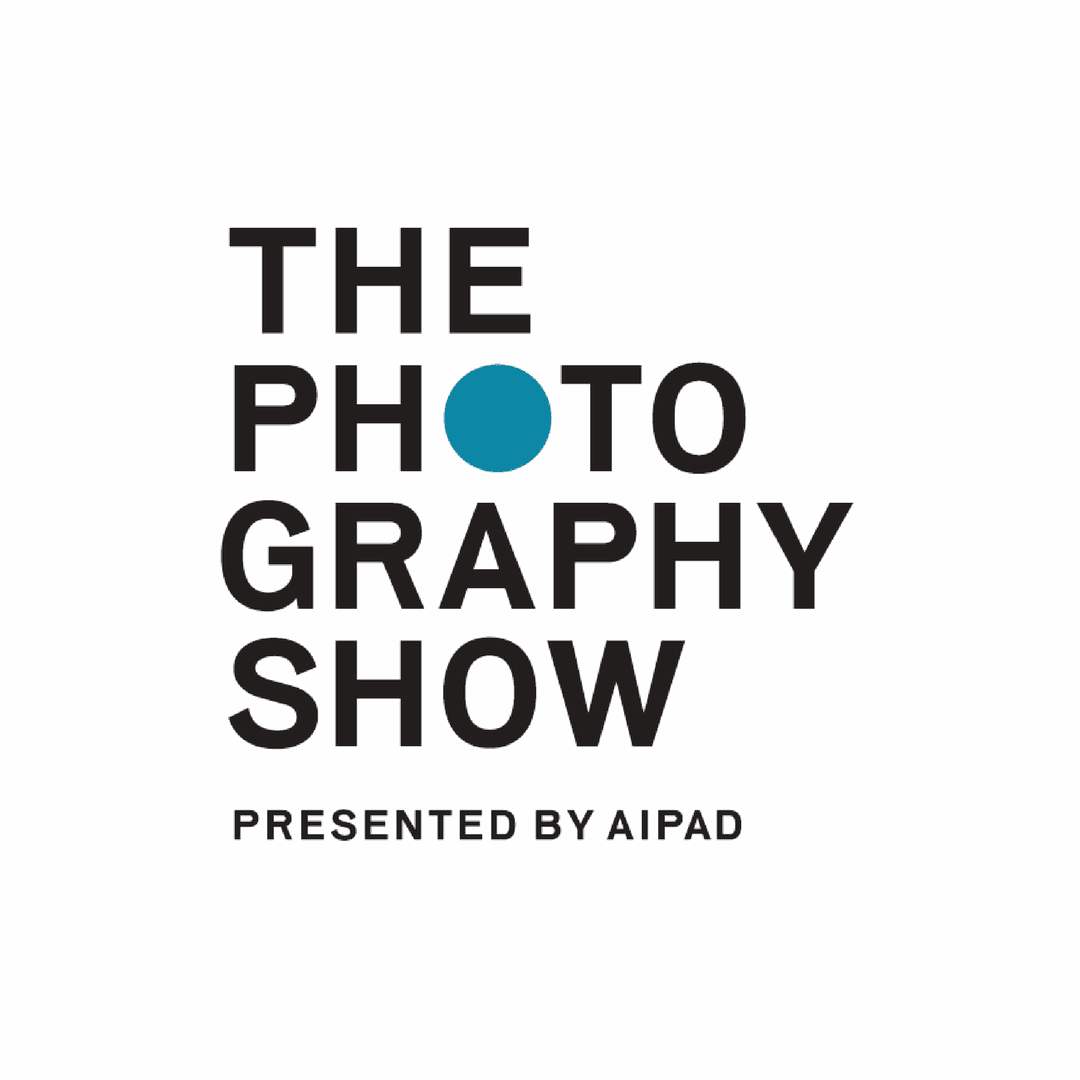
Opening: Thursday 30 March 12.00 – 20.00, by invitation only
Fair: Friday 31 March 12.00 – 19.00
Saturday 1 April 12.00 – 19.00
Sunday 2 April 12.00 – 17.00
In exuberant portraits, digital manipulation, nude bodies and conceptual image-objects, The Ravestijn Gallery is delighted to present a rich selection of works by Eva Stenram (b. 1976, Sweden), Michael Bailey-Gates (b. 1993, USA), Theis Wendt (b. 1981, Denmark) and Inez & Vindoodh (b. 1963 / 1961, the Netherlands) at AIPAD 2023.
Abstract, austere and instantly intriguing, Theis Wendt’s illusionary works consider the human thirst for authenticity at a time when our grasp on reality has been transformed by technological change. In the artist’s Void series, a triptych of prints borrow from the organic textures of the wooden frames in which they’re housed, culminating in a compelling optical trick. Whilst the motif of the frame – found elsewhere in Wendt’s projects – is a recurrent reminder of the stifling structures through which we often think and see, his works maintain a romantic quality; they point to something else on the horizon – around the corner, perhaps – if we can find the tools to imagine it.
For Swedish artist Eva Stenram, collections of found photographs from the 1960s offer foundations to her own poetic – and similarly elusive – artworks. Re-examined, removed from their contexts, digitally manipulated, or overwritten in an elusive language of cryptic markings, these images derive new meaning from a host of proposed associations. For her Drape series, Stenram transformed a series of soft pornographic images from vintage pinup magazines – extruding lengths of fabric to swallow up the unknown models, and probing at the viewer’s desire to see what has now been concealed from view.
Reimagined bodies – whether manipulated or partly concealed – are a common visual feature in the work of Dutch duo Inez van Lamsweerde and Vinoodh Matadin, who count themselves among early proponents of revolutionary digital image-editing techniques, which they explored throughout the 1990s. Like Stenram, seducing the viewer is another central tenet of their image-making practice – a practice that moves seamlessly between high fashion, pop culture and fine art. In Lucy Fer, beauty and dark fantasy collide; the featured work shows Estonian supermodel Carmen Kass as a nude three-headed monster of sorts, her hips and waist distorted, her face(s) buried by a mass of wiry hair.
Elsewhere, in the works of American artist Michael Bailey-Gates, a space of joyous affirmation opens up – where gender binaries and normative conventions ebb into distant memory, dissolving before our eyes. In their images, the artist poses for exuberant portraits with a playful cast of friends, toying with the scope and limits of viewers’ expectations. Carefully-selected props, rather than elaborate digital post-processing techniques, offer Bailey-Gates’ work an added dimension. But beneath the riotous celebration lie more serious concerns – here, the camera is an essential tool for grappling identities and self-representation, whilst nudity becomes a powerful metaphor for the naked vulnerability of seeking acceptance.




